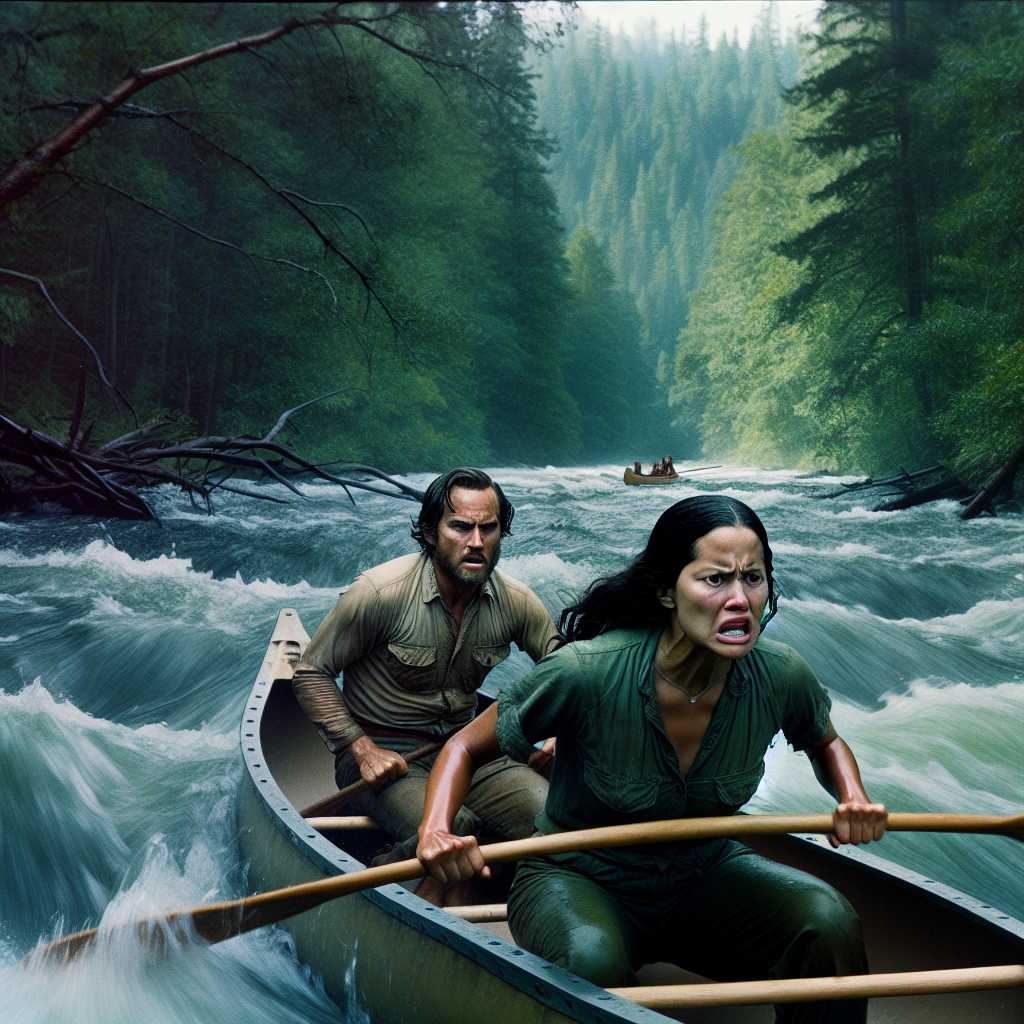The Meaning and Legacy of “Deliverance”
“Deliverance,” as a term, holds multiple connotations and has been utilized in various contexts throughout history, popular culture, and artistic expression. Historically, deliverance can refer to the act of being rescued or set free, often from peril or oppression. In a religious context, deliverance may signify spiritual salvation or liberation from sin. In popular culture, however, “Deliverance” is often immediately associated with the acclaimed 1972 film directed by John Boorman and adapted from the novel of the same name by James Dickey. This article will explore the multifaceted nature of the concept of deliverance, examining its historical meaning, spiritual significance, cultural impact, and reflect upon the enduring legacy of the film that brought new layers to its interpretation.
Historical Perspective of Deliverance
Deliverance in history is a theme rooted in narratives of freedom and escape. From the context of slavery to wartime stories of prisoners being liberated, the concept of deliverance has denoted a transition from a state of suffering to one of safety.
Spiritual Connotations of Deliverance
Within spiritual realms, deliverance signifies a release from bondage, often interpreted as an individual’s or group’s salvation from sin or possession by grace or divine intervention.
“Deliverance” – The Film Explained
John Boorman’s “Deliverance” explores this conceptual territory against the backdrop of a survival story. The film follows four men on a canoe trip that veers into dark territory as they face both nature’s ferocity and human savagery in the American wilderness. “Deliverance” is known for its profound psychological and sociological undercurrents and discussions surrounding masculinity and civilization versus nature.
Themes in “Deliverance”: Nature Versus Man
The core confrontation in “Deliverance” occurs between man and nature. The Georgia wilderness serves as a stage where the main characters confront not only physical danger but also deep-seated fears.
The Dueling Banjos: Symbolism in Song
One of the memorable moments in “Deliverance” involves a music scene—the famous “Dueling Banjos.” The sequence has both audible appeal and symbolic weight, representing a brief moment of harmony between contrasting worlds before discord sets in.
Civilization Versus Wilderness Conflict
The film probes into society’s disposition towards nature: conquering it, fearing it, or revering it. Featured is this inherent contradiction within humans’ approach to the untamed world.
Survival Instincts and Moral Ambiguity
Survival sits at this narrative’s heart as characters fight to live against increasing odds, raising questions about morality when societal norms are peeled away by desperation.
The Implications of Masculinity Presented by “Deliverance”
Debates are sparked by men being thrust into a primal state anent their personal and collective manhood’s representation without modern society’s security.
Cultural Impact of “Deliverance”
Since its release, the influence of “Deliverance” spread widely in media and gave rise to discussions regarding its themes. Its stringently tense narrative and ethical quandaries lend themselves to continuous discourse.
Assessing the Artistic Merits of “Deliverance”
Innovative camera work, directorial decisions, performances by actors such as Jon Voight and Burt Reynolds, and atmospheric score truly distinguish “Deliverance” as a significant film artistically.
Reflections on Adaptation from Novel to Screen
Translating James Dickey’s novel to film ideally necessitated selection and distillation which carried forward what became core cinematic flourishes remaining true to the book’s essence.
Legacy and Reception over Time
Over time “Deliverance” preservation within cinema reflects evolving attitudes towards its story; folklore around “that banjo scene”, expansive analysis continued categorization as classic American cinema.
Notes
Image Description: A scene from the 1972 film “Deliverance,” showing two of the main characters in a canoe navigating through river rapids with dense forest lining both sides of the river bank. One appears focused on controlling the canoe while anxiously watching ahead; the other sits sternly at the back steering through tumultuous waters. The expressions on their faces convey tension and determination reflecting the dramatic soul-searching journey emphasized throughout their voyage.
